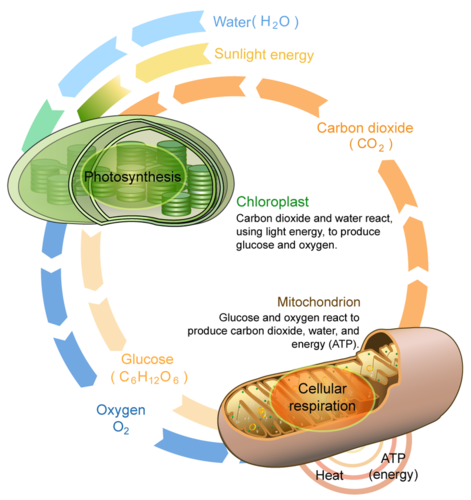I learned that mutations are a change in the DNA code. I also learned that anything that causes a mutation. I learned about point mutation are a change in one or two base pairs of DNA. In frameshift mutation, there are 2 types insertion and deletion. Insertion is an extra base pair is put in the code. Deletion is a base pair is left out of the code. In other mutations, the inversion DNA breaks off and bonds in reverse order.
In gene expression, every cell in your body has the same DNA but not all cells look the same. Also, gene regulation is cells don't want to waste energy or overexpress genes, thus have a variety of steps used to control gene expression.
Eukaryotic Regulation is also I learned about. It involves with Exons and Introns. After transcription sections of the gene are removed. Several proteins will bind before a gene and are required for the gene to be expressed. It needs more complex than bacterial regulation.
In the DNA Extraction Lab, I actually saw my own DNA. I found it interesting to see my own DNA.
In the DNA Extraction Lab, I actually saw my own DNA. I found it interesting to see my own DNA.










